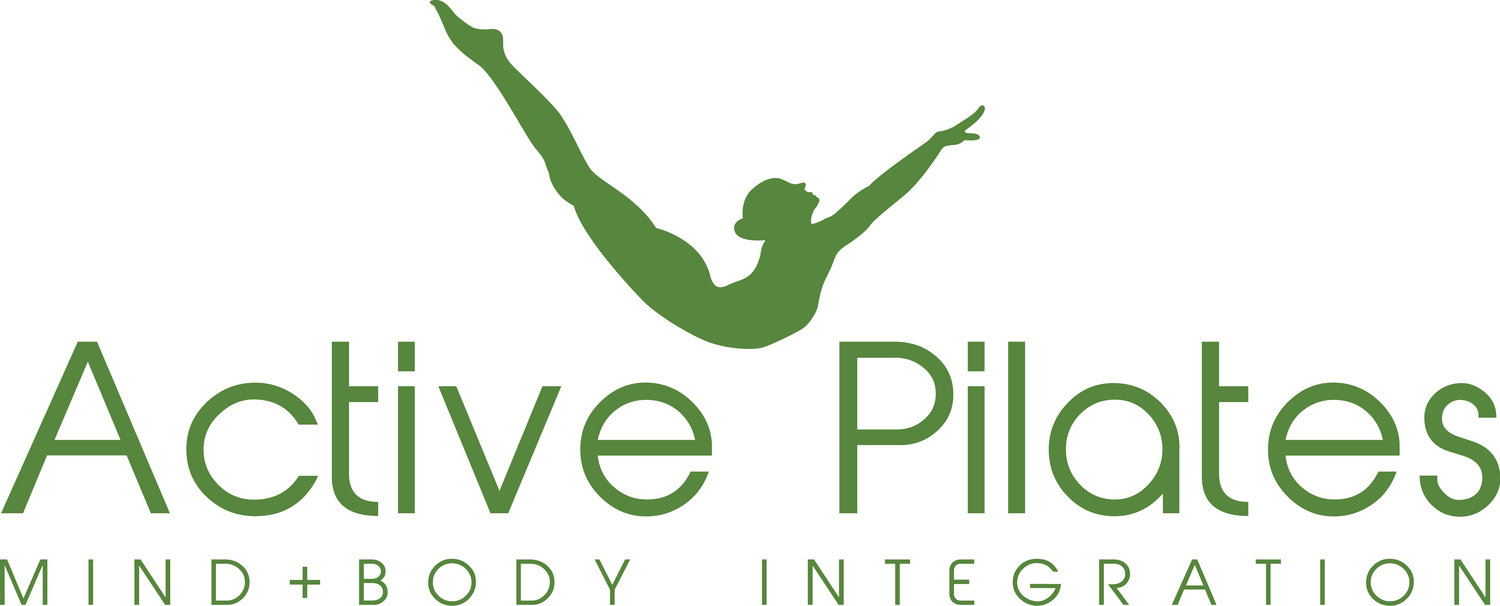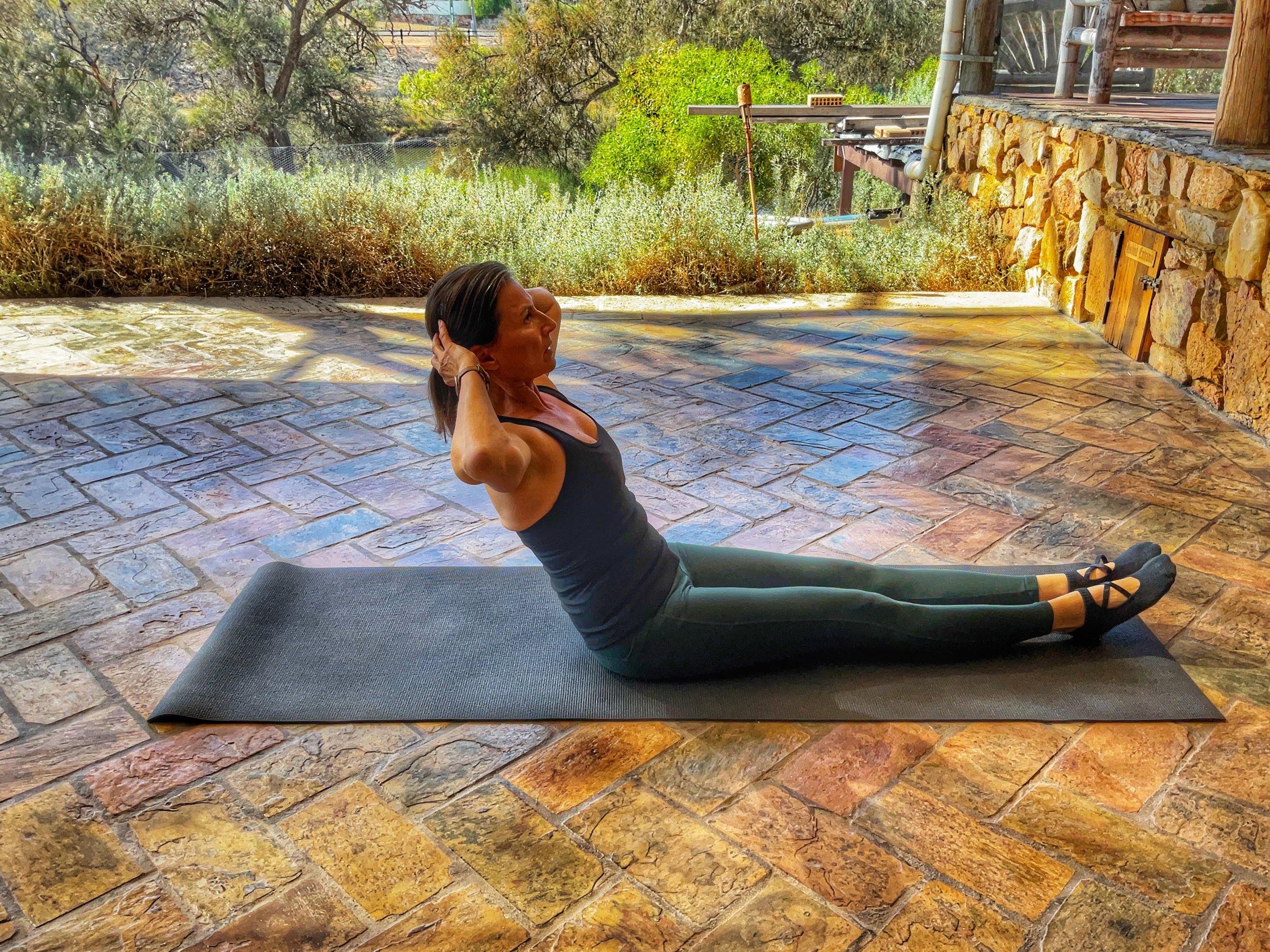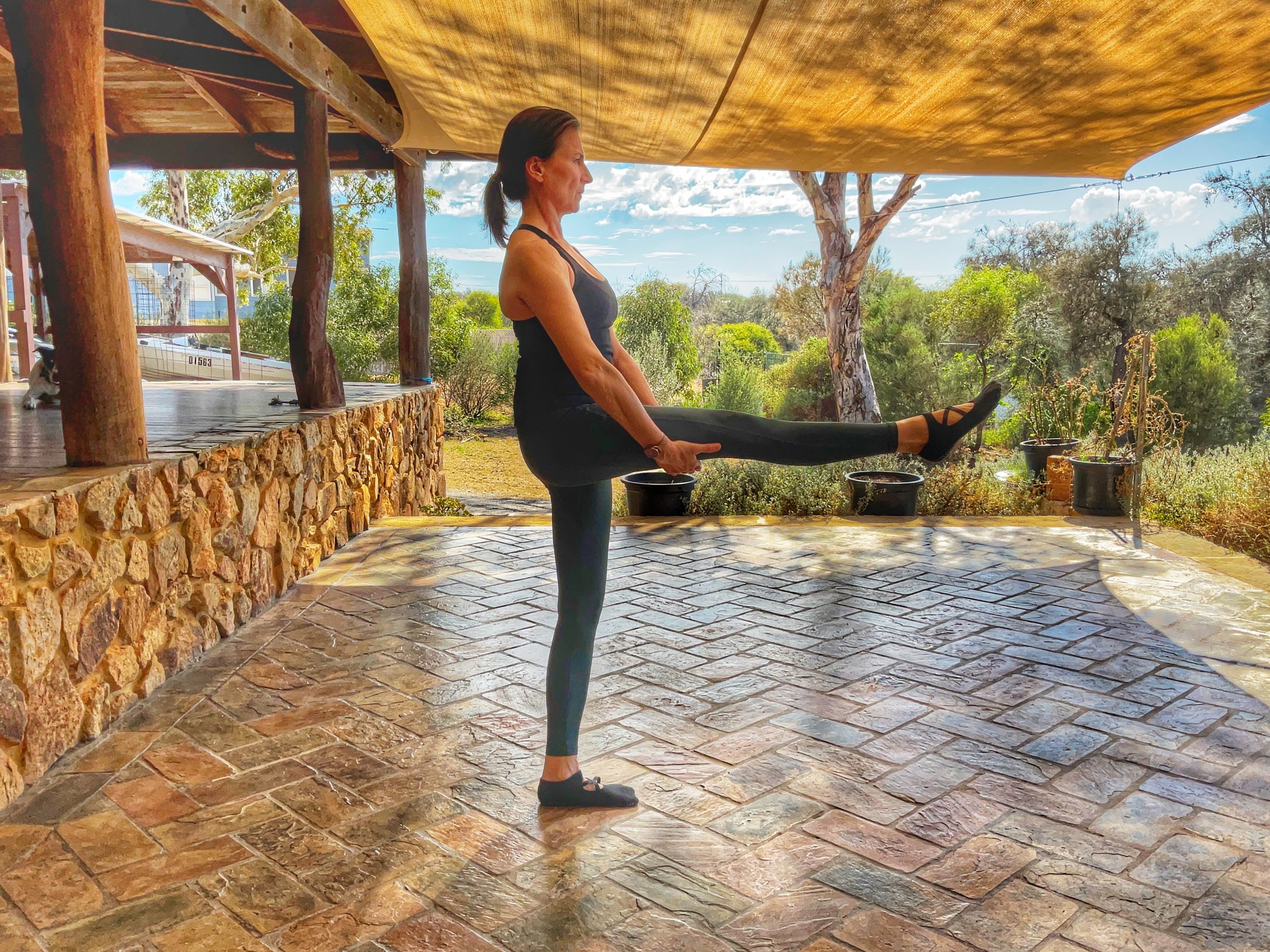My top 10 strength exercises for the over the 50s
A strong body is a healthy body. It’s vital as we age. Here are my top 10 strength exercises, sure to keep you strong and healthy in the future.
A strong body is a healthy body – essential as we age. Being active and maintaining strong, healthy bones and muscles means we’re more stable. We move efficiently and avoid injury. It means we can enjoy our lives and do what we want. But the adage ‘use it or lose it’ is critical here.
The fact is that Australian women are four times as likely as men to develop the bone disease. And half of all women over fifty are likely to suffer a fracture from falls due to bone and muscle weakness.
Weight-bearing exercises – resistance training - help increase our bones' density. These are especially important during middle age when hormonal changes make us more vulnerable. These changes also lead to muscle loss. (I know, it’s not fair!) Of course, men also need to maintain a healthy weight and ensure they stay strong and healthy.
Not only do your regular Pilates workouts strengthen your body, but they also help you move more flexibly and manage your weight. This also enables you to avoid inflammation and painful joints. Inflammation is also the enemy of brain health. Physical activity is a proven way of improving your brain health.
Here are my 10 favourite strength-building exercises to keep you moving!
The Bridge
The Bridge is an excellent exercise for core strength and spine and hip mobility.
Lie on your back with your knees bent. Place your feet just outside your fingertips.
Inhale to prepare and roll your pelvis up in the air, moving each vertebra at a time.
Exhale as you roll back down.
Remember to pay attention to your shoulders. To avoid tensing them, reach your fingertips to the ceiling to help release your shoulders.
2. The Roll-Up
It helps build strength through your abdominal muscles and improves spinal mobility.
Lie on your back with your arms stretched along the floor above your head.
Avoid lifting your feet off the floor as you roll up. This ensures your core muscles are doing all the work.
Then, reach your arms up to the ceiling. Inhale, then as you exhale, slowly peel your back off the floor, one vertebra at a time.
Next, slowly roll back onto the floor. Again, try placing each vertebra one at a time.
3. The Neck Pull
It builds core endurance and back. In addition, it stretches the neck and hamstrings and promotes flexibility.
Sitting on the mat, extend your legs and place your hips apart or together (advanced option).
Exhale, and articulate your spine forward with hands behind the head. Keep your abs engaged.
Inhale and bring your pelvis back and spine to the upright position.
Exhale and hinge back. Then flex the spine to complete the movement down to your mat.
Inhale roll up. Repeat four times.
4. The Quadruped
An excellent exercise for weight-bearing and building core strength.
You are starting on your hands and knees with a nice long spine.
Check that your knees are under your hips and your wrists and arms are under your shoulders.
Float your right arm off the floor, then bring it back down. Repeat this movement with your left arm.
Next, reach your leg long, away from you, and about level with your spine. Repeat with the other leg. To progress, reach out the opposite arm and leg at the same time.
5. The Plank
Move onto your hands and knees.
Check that your knees are under your hips and your wrists and arms are under your shoulders. (If you’re a beginner, I suggest moving onto your forearms first – where your elbows will be directly underneath your shoulder.)
Tuck your tummy in and keep your knee straight. Move onto the ball of your feet.
Hold, breathing in and out and count to ten.
Then bend one knee and kneel – followed by the other leg. Repeat.
6. Leg Pull Front
This can be a challenging exercise but great for your upper arm strength.
Start in a plank position with your legs close together and your core engaged.
First, hinge back and forward on your feet, taking the weight into your arms as you move forward.
Next, in that plank position, lift one leg, then lower.
Continue by alternating each leg lift – left then right.
7. The Swan
Start by lying flat on your stomach.
Place your hands underneath your shoulders with your elbows into your sides.
Your feet are about hip-width apart.
Press your pubic bone into the mat and, at the same time, lift your belly button. Press into your palms and inhale as you peel your upper body off the mat. Hold.
Then exhale and move back down slowly. Avoid moving fast or ‘crunching’ your vertebrae. It’s all about control.
This is another excellent Pilates exercise for your spine. The Swan extends your abdominal muscles while you flex your spine.
8. The Side Plank
Start by lying on your right side with your legs and feet stacked, one on the other.
Position your right elbow under your right shoulder. Your forearm will be pointing away from you, and you should make a fist with your hand.
Keep your neck neutral and breathe in and out, bracing your core.
Lift your legs off the mat. Your elbow and the side of your foot should support your weight.
Your body should be in a straight line from top to toe.
There are so many benefits from this weight-bearing movement – it’s one of my favourites! It strengthens your core, uses multiple muscle groups and helps improve your balance and coordination, and reduces your risk of back injury.
9. Standing Balance I
Start by standing with your feet hip-width apart.
Inhale, bring one leg to 90 degrees of the hip; support the leg with your hands behind the thigh.
Exhale, hold behind the thigh and extend the leg directly in front of the body. Straighten the leg with inhale; return the leg to the floor with exhale.
Keep the chest lifted and the hips parallel to the front.
Hold the stretch for four breath cycles. Change the leg. Repeat 6 - 8 times.
This exercise also helps strengthen your balance and build strong legs (gluteus and hamstrings).
10. Standing Balance II
Start by standing with your feet hip-width apart.
Exhale, slide the right leg back, letting the torso tip forward.
Continue until the leg and the torso is levelled with the floor, the arms are alongside the torso, and both knees are extended.
Keep the spine neutral, reaching long from the top of the head.
Hold for four breath cycles, and return to starting position. Repeat on the other side.
This exercise helps strengthen your balance and build strong legs. If you need a chair nearby for extra support, please go ahead.
As with all Pilates exercises, it often helps to have an instructor checking your positions. This ensures you’re activating the correct muscles and breathing right to ensure you avoid injury. Get fit and flexible! Come and join us at Active Pilates. And if you have any questions, please get in touch.
Reference:
The book ‘Secrets of Women’s Healthy Ageing ‘by Professor Cassandra Szoeke










